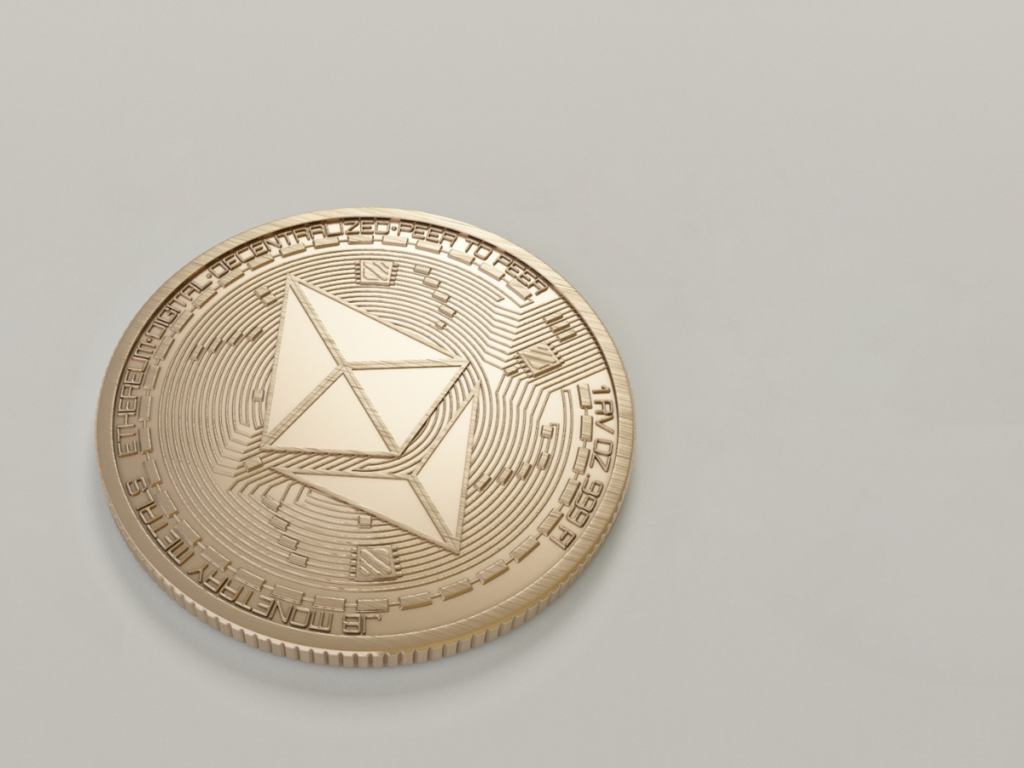Ethereum’s inflation, reduced by partial fee burning, fluctuates between deflation and inflation, showcasing its dynamic economic model.
Since the Ethereum network implemented partial fee burning, ETH’s inflation has significantly decreased, occasionally turning it into a deflationary currency. However, it is possible—as it has recently—that it reverts to inflationary conditions.
The rise in Ethereum (ETH) value
In the context of cryptocurrency, “inflation” does not refer to price increases or a decline in the buying power of coins. Rather, it refers to the ultimate expansion of the money supply, often known as the circulating supply.
Up to August 2021, the circulating supply of ETH expanded significantly and extremely steadily, as is immediately visible on Etherscan.
Put another way, ETH was an inflationary currency up until a few years ago.
However, things changed after partial fee burns were implemented. It is sufficient to say that, out of 117 million units, the supply rose by less than one million units between September 2021 and February 2022.
The inflation of Ethereum’s money supply decreased to 3.5% at the end of 2021 from 4.6% in 2020.
However, the impacts of partial fee burns became more noticeable starting in 2022, in part because of the switch to Proof-of-Stake.
In actuality, ETH’s money supply inflation at year’s end was only 2%, or less than half of what it was two years prior.

The 2023 metrics
That being said, the fee burn is not constant because it is specifically dependent on the amount of fees paid.
The average transaction cost on the Ethereum blockchain increased to more than $4 at the start of 2023, and it went beyond $6 in February as well. It also surged past $15 in mid-April and nearly hit $30 in early May.
June saw it drop to $4 once more, while July saw it rise beyond $6 once more.
But since September, it has returned below $4, and more recently, below $2.
For a brief while, ETH experienced deflation as a result of increased burns during the months when users of Ethereum’s blockchain paid higher fees.
Approximately 120.5 million ETH were in circulation at the beginning of 2023; by June, that number had dropped to slightly over 120.2 million. In other words, with negative ETH money supply inflation of roughly -0.25%, 2023 ended the first half. August had the lowest peak of 2023, with fewer than 120.22 million ETH in circulation.
But after that, both fees and partial fee burning decreased. The amount of ETH in circulation right now is slightly less than 120.25 million, having increased somewhat since June.
Put another way, there has been a 0.02% growth over the last two months that is not at all concerning. Although acquired inflation has been negative at -0.22% from the year’s commencement.
Ethereum’s (ETH) erratic inflation rate
Two events are occurring at the same time, which accounts for the ETH money supply’s variable inflation rate.
First, in order to compensate validator nodes for validating transactions, new ETH is continuously created; second, fees are carefully burned partially. Although the rate at which new ETHs are created is virtually constant, the rate at which fees are burned changes. Less ETH is burned the fewer fees are paid.
As a result, the inflation rate for ETH is changeable rather than constant and predictable. But this variability, both positive and negative, always stays within a very small range—less than 1% annually.
In contrast, the money supply inflation rate for Bitcoin, for instance, is fixed and predictable; in fact, it halved approximately every four years.
Because of all of this, Bitcoin’s monetary policy seems predetermined and predictable, but Ethereum’s does not. Furthermore, Ethereum’s monetary policy has already undergone multiple changes, and it is uncertain if it will stay the same going forward. In contrast, Bitcoin’s monetary policy has never changed and no one is truly able to alter it.
ETH is not a currency that deflates
Some had referred to ETH as a deflationary currency with the introduction of the fee burn, and particularly following the switch to Proof-of-Work.
The figures above show that since it is only seldom deflationary, it is inaccurate to refer to it as such. Alternatively, it reverts to inflationary at other times.
Rather, it is a medium of exchange with a fluctuating money supply inflation rate that is typically rather low and most likely negative over time.
Furthermore, it is impossible to state that ETH has a deflationary character because there is no guarantee that this monetary policy will not alter in the future, whereas BTC unavoidably leans towards deflation over the long term.
Regarding Ethereum, a lot depends on how much of it is used, as more use translates into greater fees and ETH burns.











